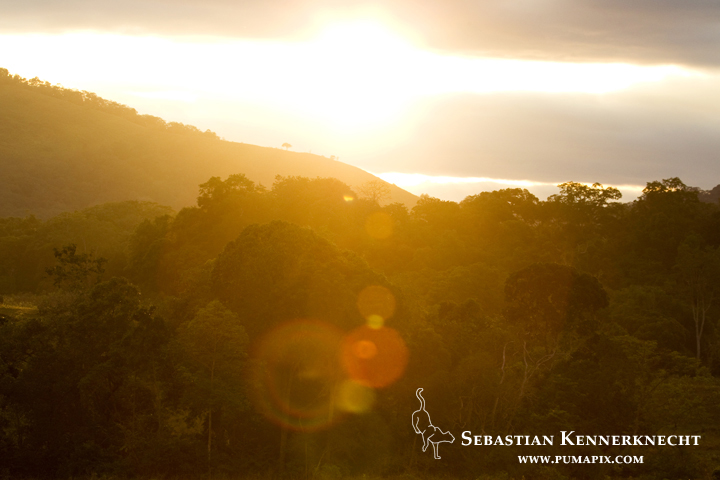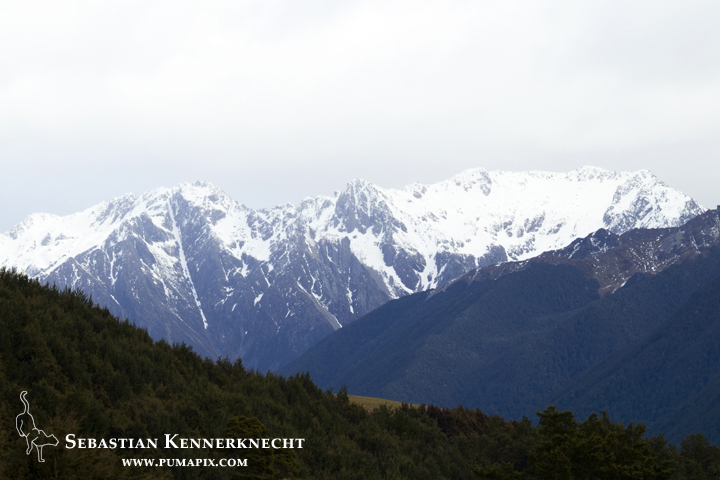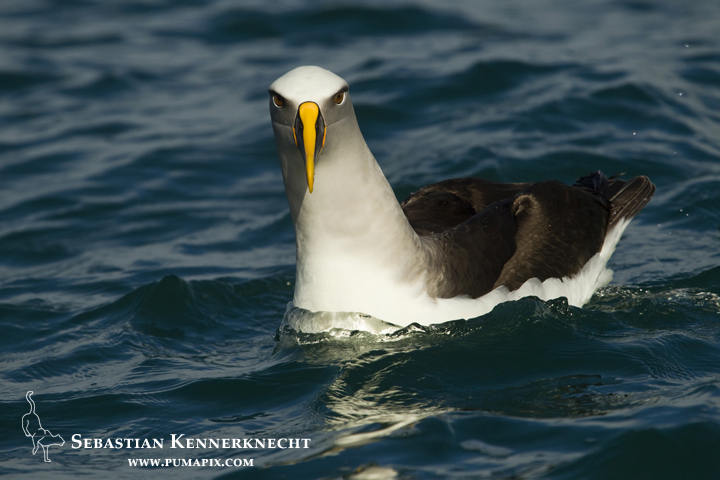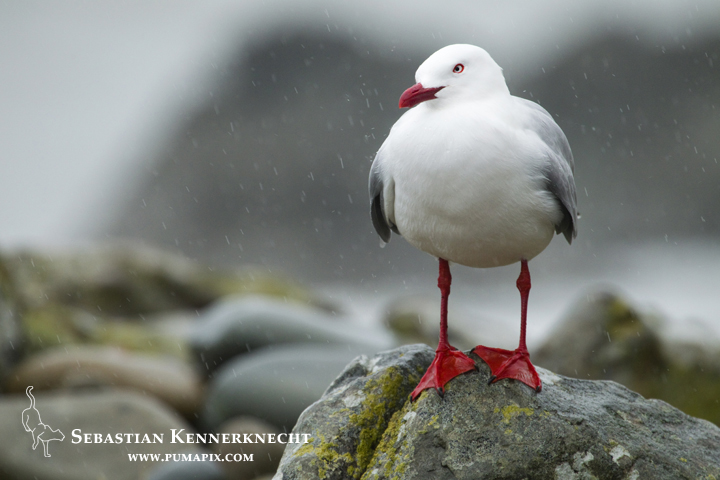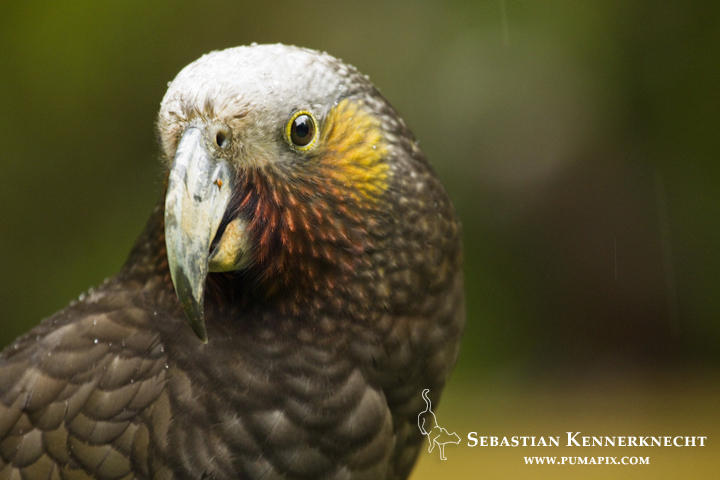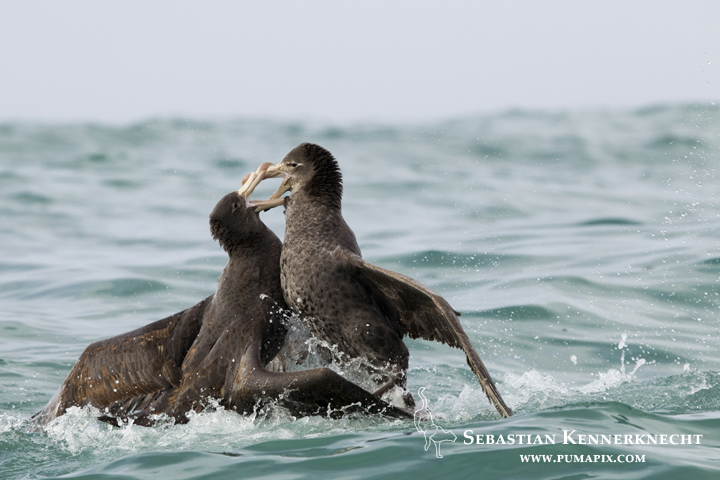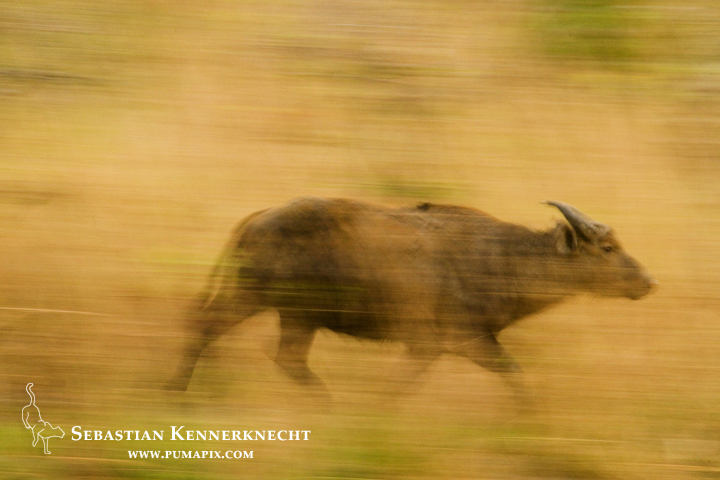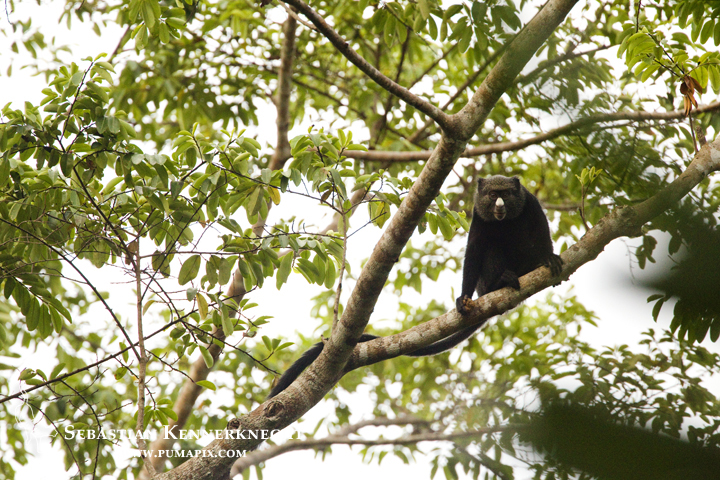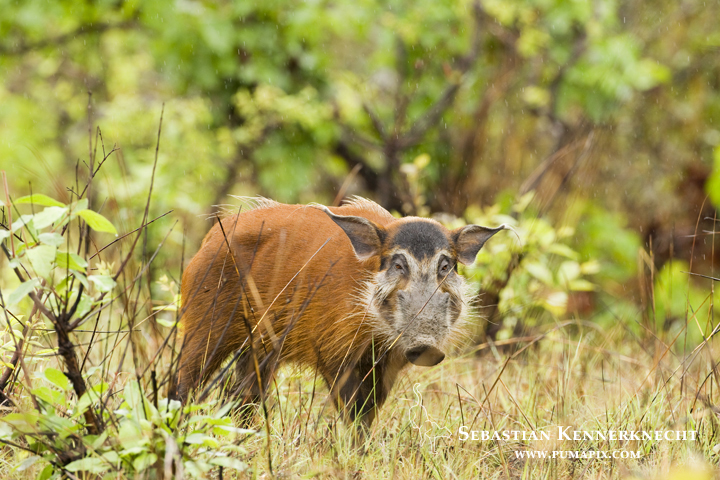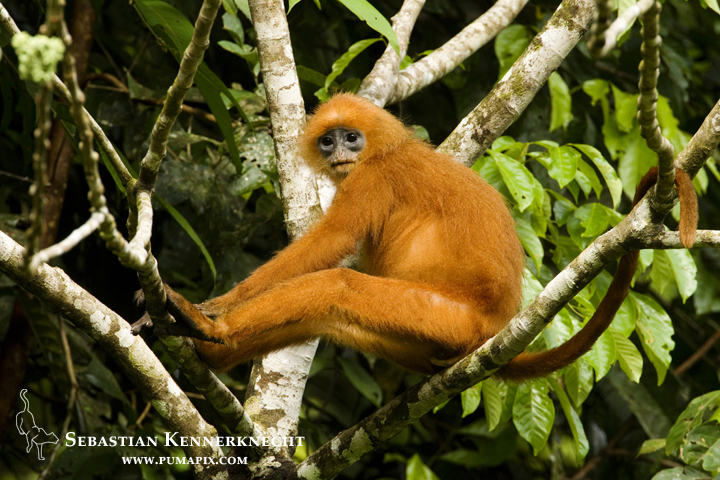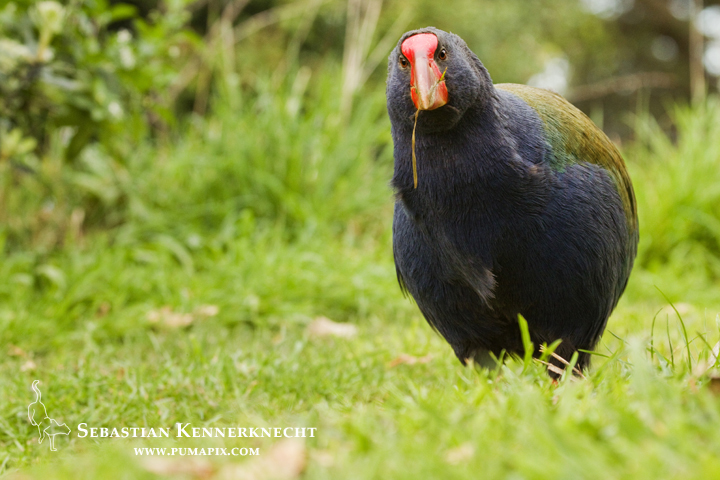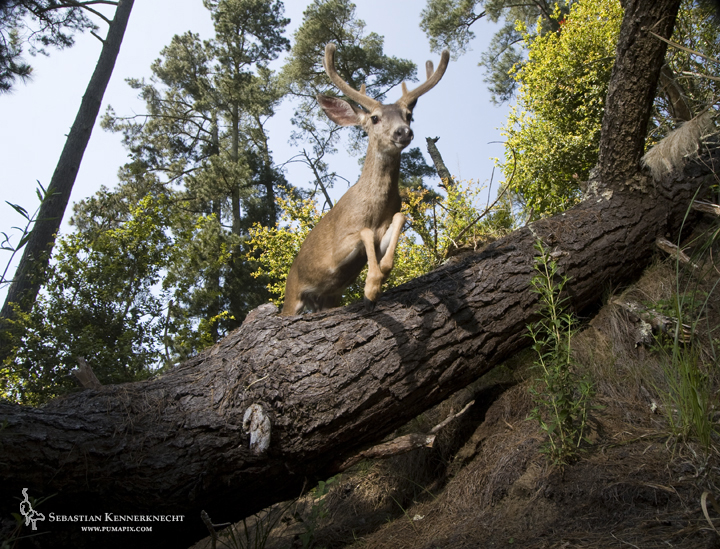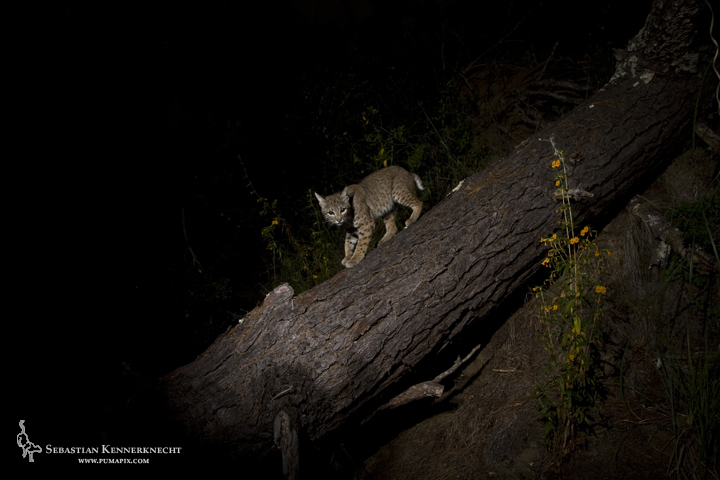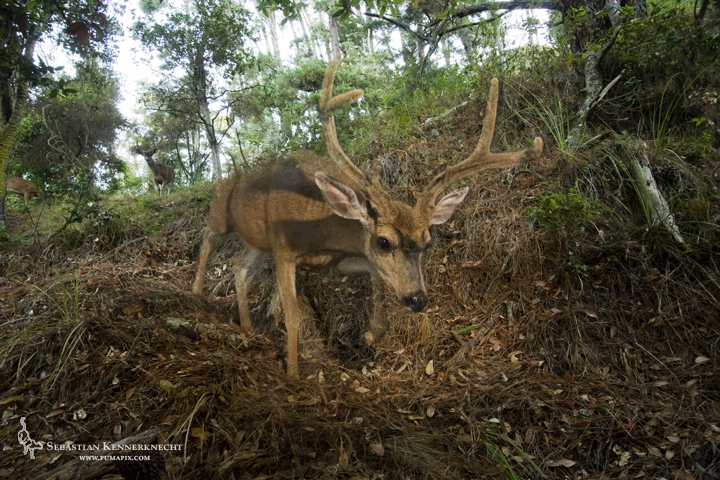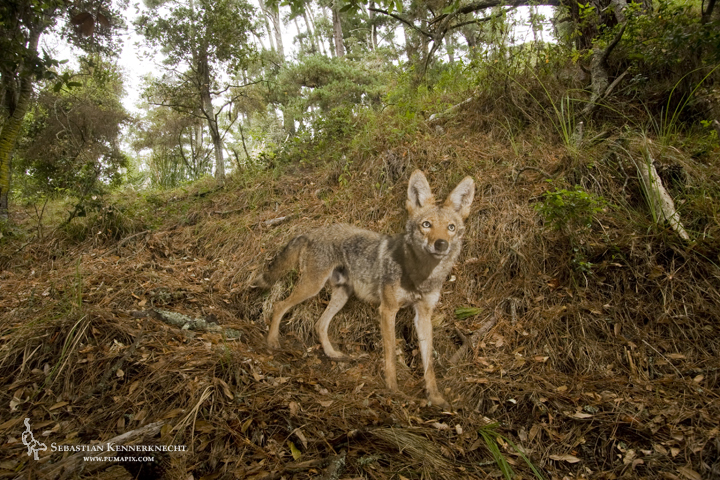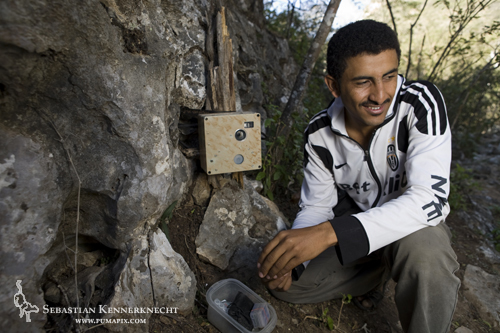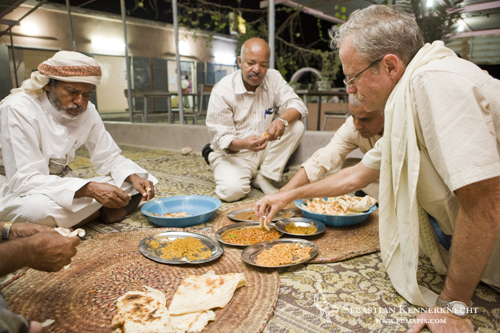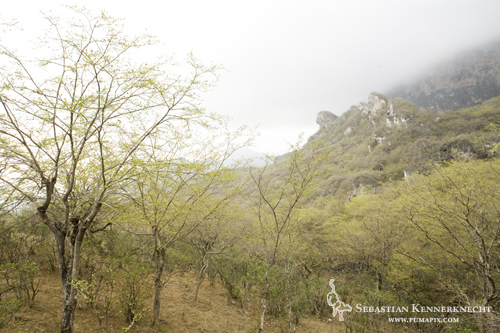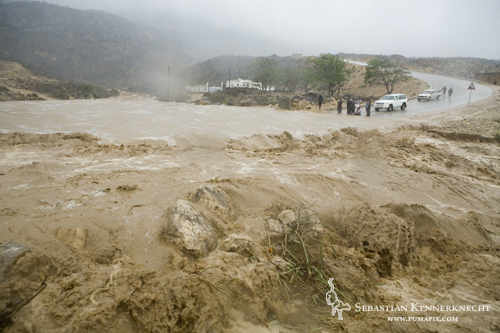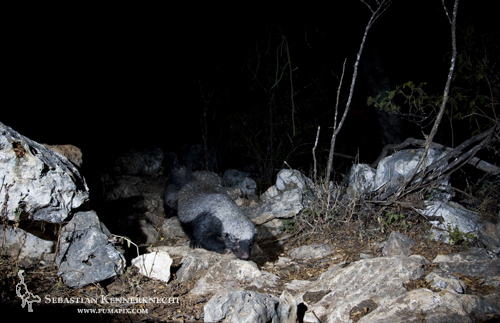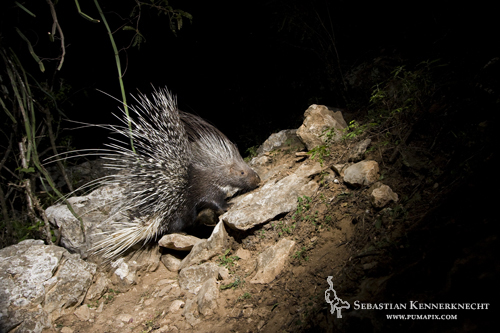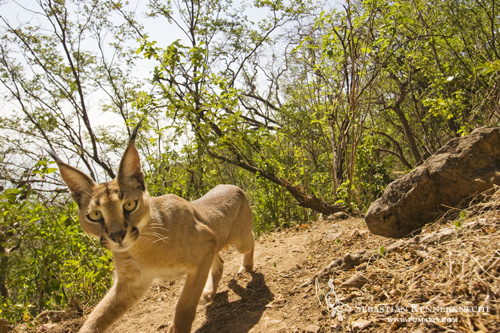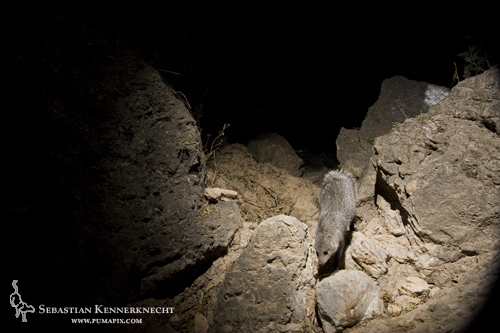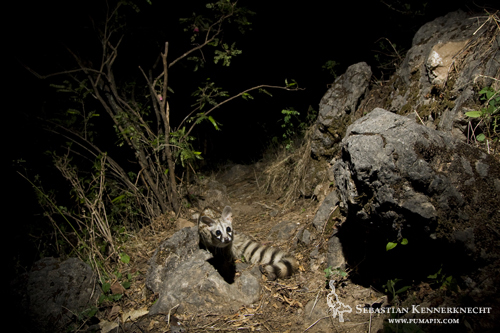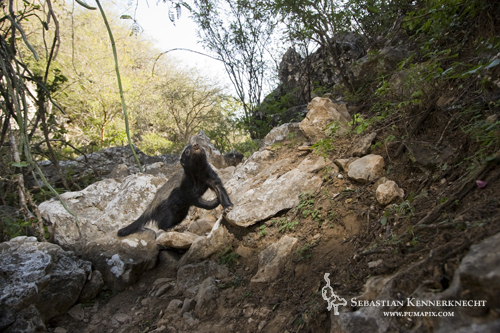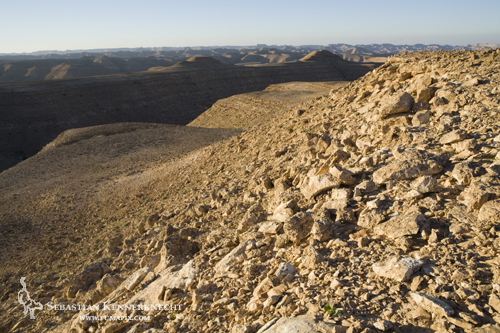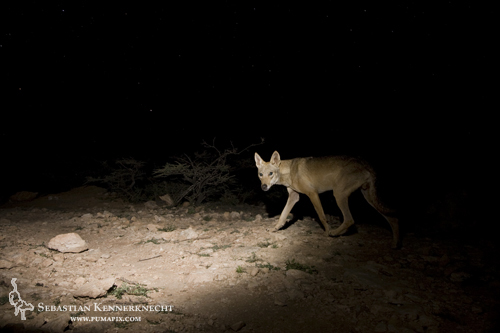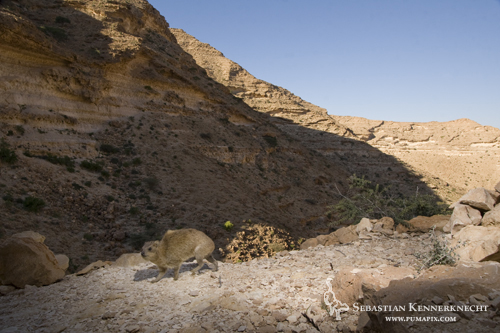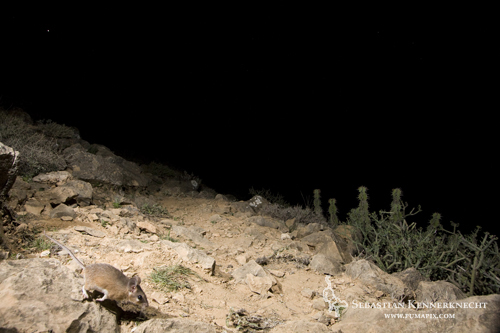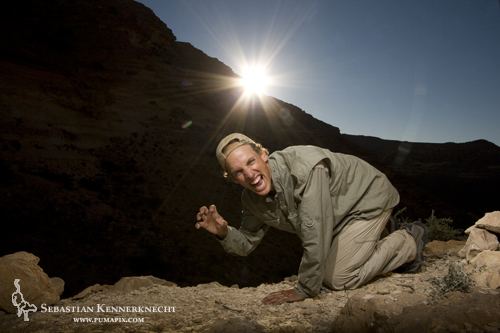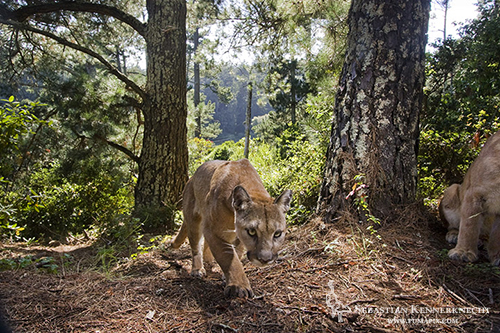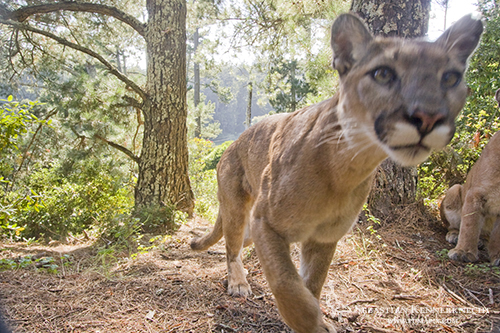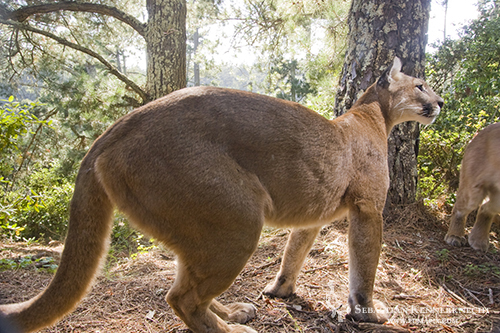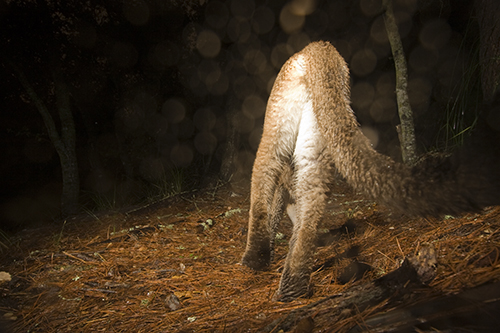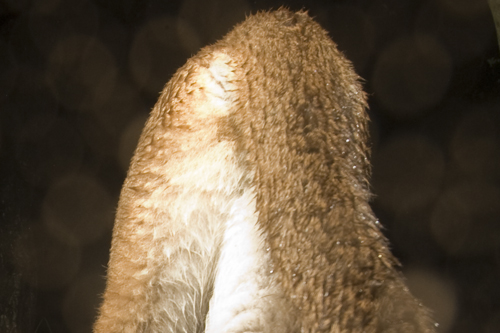I always like to take a bit of time and review what happened the last year in terms of reaching some of my goals. For that I go and check my trusty Bucket List and see what things I was able to experience (or check off, for you twitchers). Turns out 2013 was a good photographic year.
I am including only the highlights from this year in this post (for the full list just click the link above). I am also only showing one or two images of each species/location, if you want to see all the pictures from that subject just click that name and the link will take you to the appropriate gallery.
Visit and or Explore
Tropical Rainforests (Borneo Spring 2013, Gabon 2013, Borneo Winter 2013)
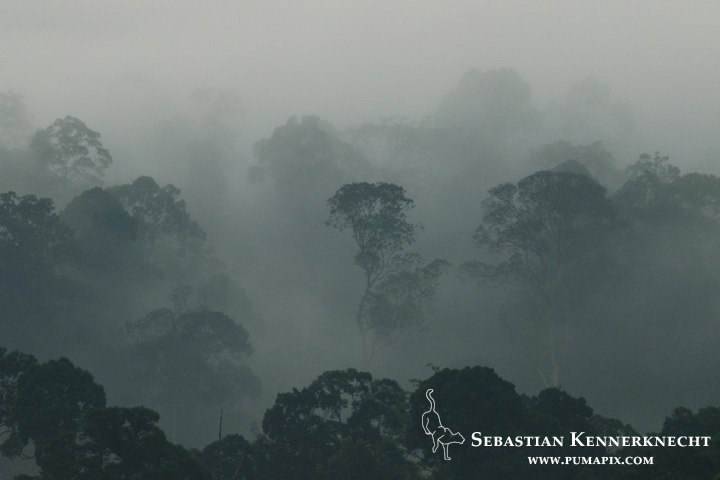
Lowland rainforest shrouded in clouds at sunrise, Danum Valley Conservation Area, Sabah, Borneo, Malaysia
New Zealand (August 2013)
Photograph
Bay Cat (December 2013) – More on that later 🙂
Sunda Clouded Leopard (March 2013)
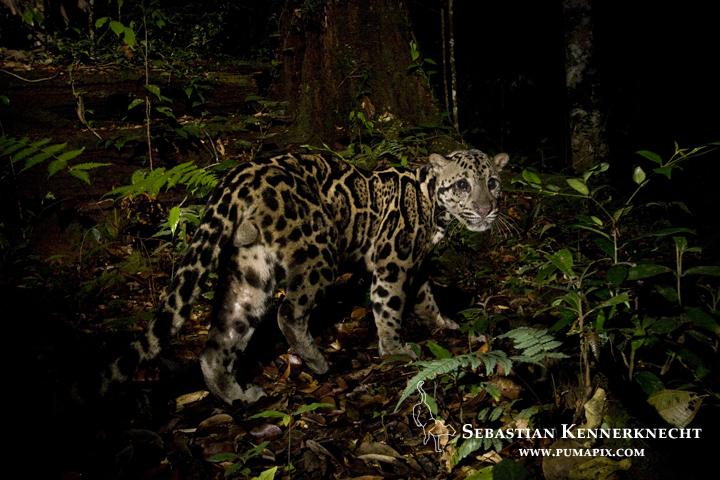
Sunda Clouded Leopard (Neofelis diardi) male in lowland rainforest at night, Tawau Hills Park, Sabah, Borneo, Malaysia (camera trap)
Marbled Cat (March 2013)
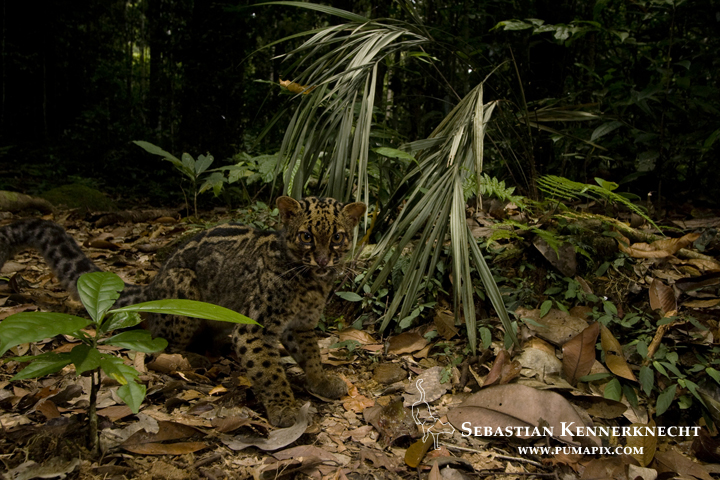
Marbled Cat (Pardofelis marmorata marmorata) in lowland rainforest, Tawau Hills Park, Sabah, Borneo, Malaysia (camera trap)
African Leopard (October 2013)
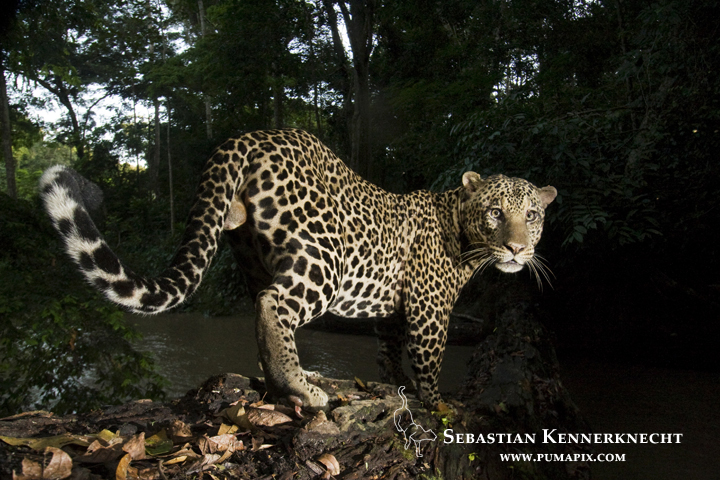
African Leopard (Panthera pardus) male crossing log bridge over river in tropical rainforest, Lope National Park, Gabon (camera trap)
3 species of Civet (Added Malay Civet and Common Palm Civet 2013)
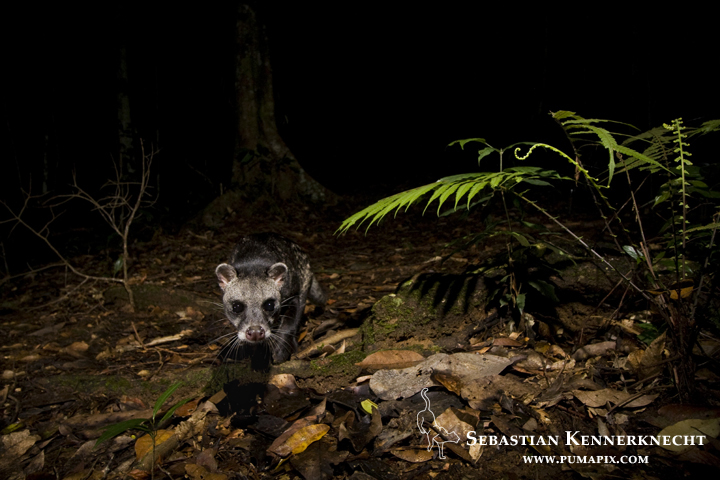
Malayan Civet (Viverra tangalunga) in lowland rainforest at night, Tawau Hills Park, Sabah, Borneo, Malaysia (camera trap)
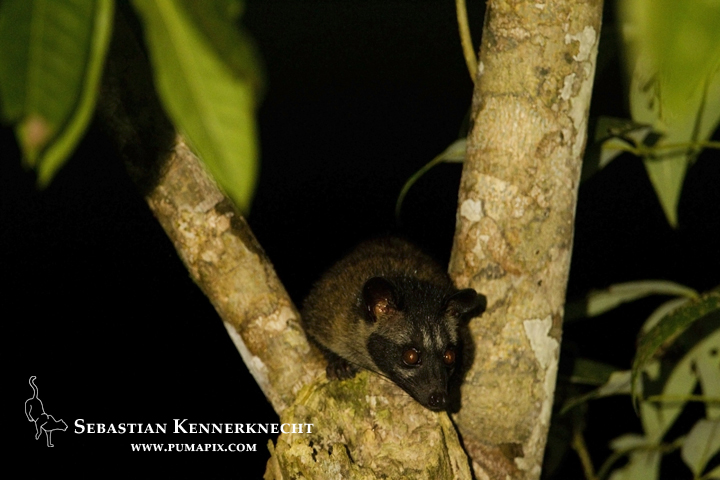
Common Palm Civet (Paradoxurus hermaphroditus) in tree at night, Danum Valley Conservation Area, Sabah, Borneo, Malaysia
1000 bird species in the wild (I am at 190, having added 61 species this year), just a few here:
300 mammal species in the wild (I am at 106, having added 45 species this year), just a few here:
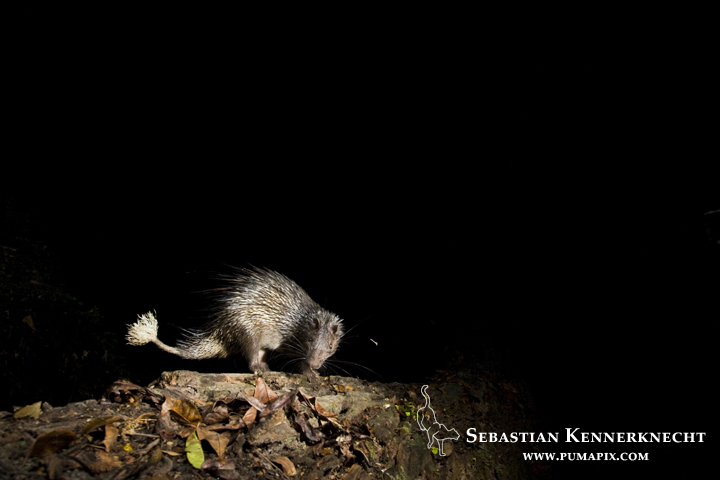
African Brush-tailed Porcupine (Atherurus africanus) on log at night, Lope National Park, Gabon (camera trap)
20 critically endangered and 50 endangered species (I am at 6 and 17 respectively)
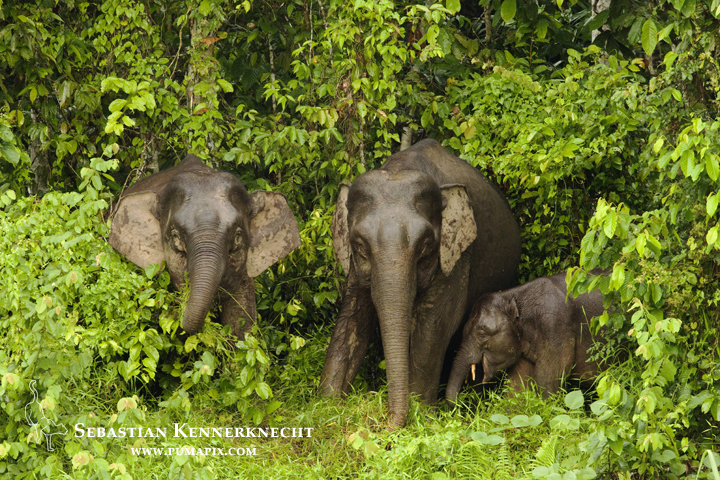
Borneo Pygmy Elephant (Elephas maximus borneensis) females and calf grazing, Kinabatangan River, Sabah, Borneo, Malaysia
I am looking forward to see what this year brings!
How about you, anything particular that you photographed in 2013 that you are really happy/proud of?
*If you are interested in purchasing any of the pictures displayed in this post, please check out my fine prints page for pricing.*

